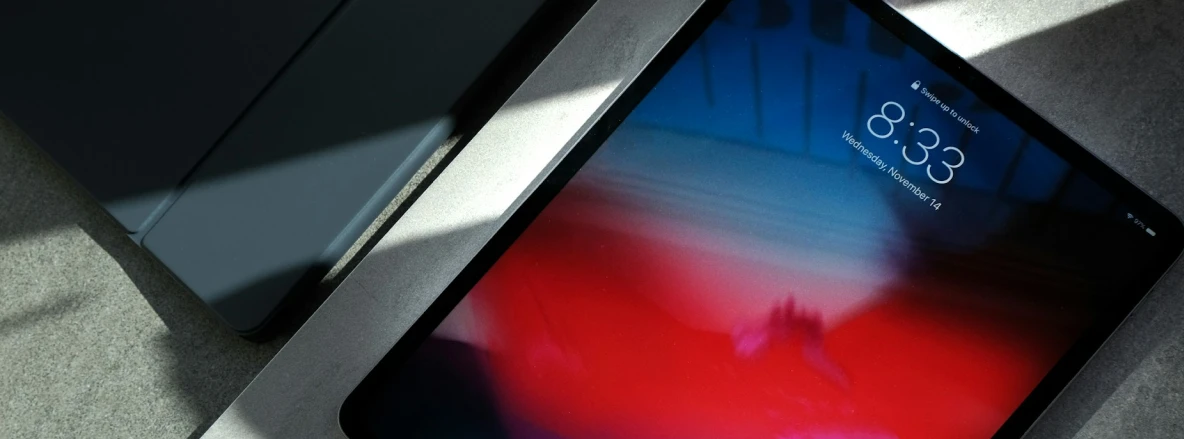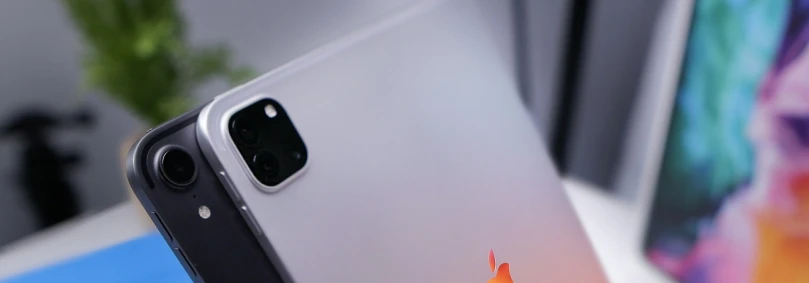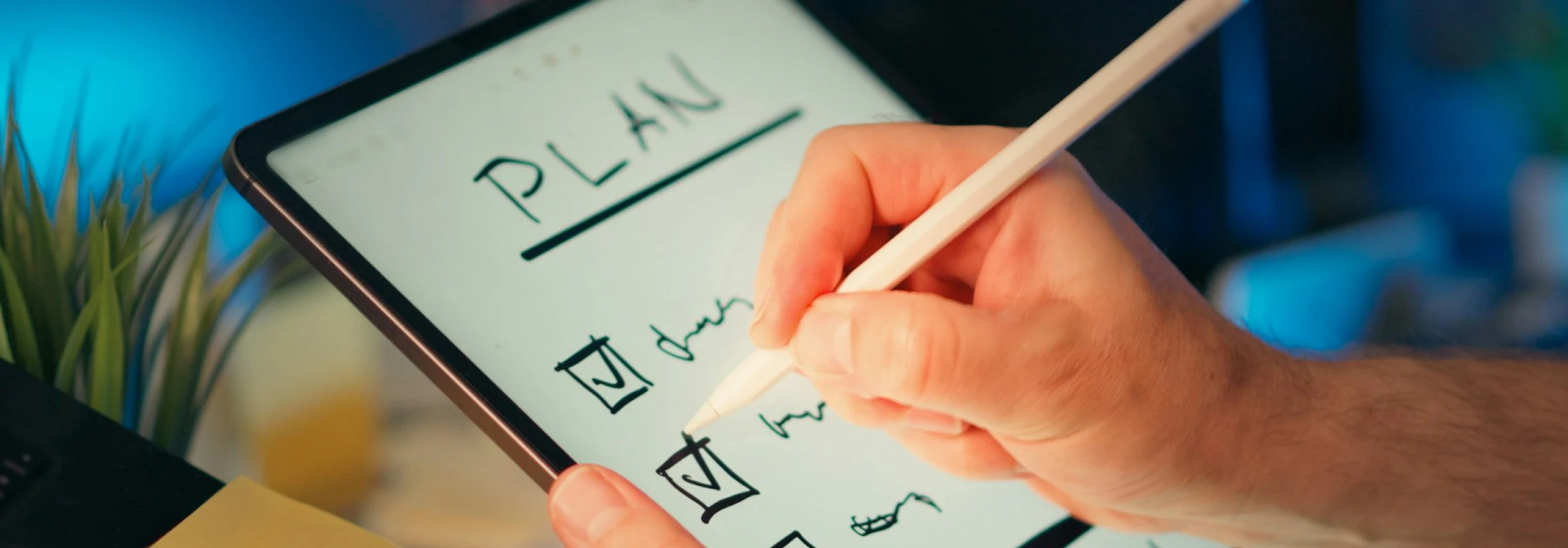iPadOS 26 is the first major iPadOS update in nearly a year, serving as a direct replacement for iPadOS 18 and set to launch publicly in September 2025. The beta version has been available to select users since July, allowing us a first-hand look at every feature of the new operating system.
As newer iPad generations continue to grow more powerful and sophisticated, their viability as an alternative to a home or work computer has grown. With iPadOS 26, modern iPads now have an operating system that supports this desktop-level performance.
Of course, Apple is still keen to protect its Mac line: the new iPadOS is more about harnessing the full and distinct possibilities of iPads than replacing laptops or desktops. From aesthetic updates to game-changing new features, we break down every aspect of iPadOS 26.
What's new in iPadOS 26?
Window management for iPad
The update that’s provoked the greatest reaction online is Apple’s revamping of the iPad’s window management system. Previously, iPads, like iPhones, would open any app in full-screen mode, with only one app or program visible on-screen at a time. The new window system in iPadOS 26 instead replicates the macOS desktop experience.
iPadOS 26 finally offers users the option to resize, rearrange, and simultaneously view multiple tabs and apps at once. A “grab handle” in the corner of each app can be used to resize the newly responsive windows and organize multiple concurrent apps and programs within the iPad display. Pulling down on the top screen when using an app, meanwhile, will display a full range of menu options for that service, in another feature reminiscent of macOS.
This update makes full use of modern iPad models’ generous edge-to-edge screens. This is a change that has long been desired by the iPad community. Many Android tablets like the Samsung Galaxy Tab already offer a multi-window mode – Apple has now followed suit in iPadOS 26. This marks a wider ongoing shift for the iPad line towards full desktop functionality. The iPad Pro has been a viable laptop alternative for years. iPadOS 26 reaffirms and extends this capability to the rest of the iPad lineup.
For those who prefer the old-school iPad UI, Windowed mode can be easily turned off in the Settings app.
Return of the cursor
A small but significant change is the reversion to using the Mac-style arrow cursor in PadOS 26, rather than the floating circle introduced in iPadOS 17. The overall effect is less characteristic, but ultimately more user-friendly. Elsewhere, however, the new OS has received several cosmetic updates.
Liquid glass
Liquid glass is the term Apple has given to the new semi-transparent UI elements and animations of iPadOS 26. Functionally, liquid glass doesn’t change much. App icons, banners, status bars, notifications, and more can now appear as translucent layers within the UI, providing a more unified and less cluttered appearance.
Improved filing system
Another indicator that Apple is recognizing the iPad’s growing role as a professional tool is the revamped Files app in iPadOS 26. Managing files on the iPad is now far more comprehensive and user-friendly, taking cues from the recent Tahoe MacOS. The files overview is now much closer to that of a Mac, and users can perform in-depth file management functions, like color-coding individual folders, searching by emoji as well as text, and automating apps to open specific files (for example, setting Adobe Reader as the default app when opening a PDF file).
Journal for iPad
The new Journal app also makes its way to iPads in the new OS. The app does exactly what it says on the tin: it provides a free-flowing space for notes, diary entries, and scribbles, with handwriting recognition and support for the Apple Pencil and Apple Pencil Pro (depending on the iPad model).
Frequently asked questions about iPadOS 26
1. Do I need to update my iPad to iPadOS 26?
No, though it is recommended for supported iPad models. Users who choose to remain with iPadOS 18 will still be able to use their iPads as normal.
2. How do I install iPadOS 26?
Once released, iPadOS 26 will be automatically installed on compatible iPad models with “Automatic Updates” turned on. To activate Automatic Updates:
Open the Settings app on the iPad and select General
Select Software Update > Automatic Updates
Below the headings Automatically Install and Automatically Download, turn on iPadOS Updates.
When activated and connected to Wi-Fi, iPads with Automatic Updates will automatically download the new OS overnight on release.
To manually install iPadOS 26:
Open the Settings app on the iPad and select General > Software Update
Once released, the option to install iPadOS 26 will be displayed here.
3. Does this mean a new iPad model is on the way?
Since the debut of the first iPad in 2010, Apple has regularly released new models nearly every year. Some years have even seen multiple releases across the iPad, iPad Air, iPad Pro, and iPad mini lines. For now, iPadOS 26 is being released as a standalone software update for current iPad models. However, given Apple’s release schedule so far, it’s fair to expect one or more new tablet models in the coming months, with iPadOS 26 included as standard. Whether this will be the 12th-generation iPad, a new Air, mini, or Pro model, or something else altogether, remains to be seen.
iPad eSIM plans
A prepaid iPad cellular package, like the ones from BetterRoaming, is a hassle-free, easy-to-manage way to get online with an iPad. iPad eSIM data plans can now be installed in seconds, directly from the settings app. Visit our iPad eSIM page to try 100MB for free.
Can I use different network providers with my iPad and iPhone?
Yes – even if you use the same Apple ID across multiple devices, you’re free to use different network providers in each one. For example, having a multi-month phone contract in your iPhone and a prepaid eSIM in your iPad or Apple Watch. The same eSIM technology also makes it easy to switch between carriers on the same device. A common case is temporarily switching from a home network provider to a prepaid travel eSIM when going abroad.










